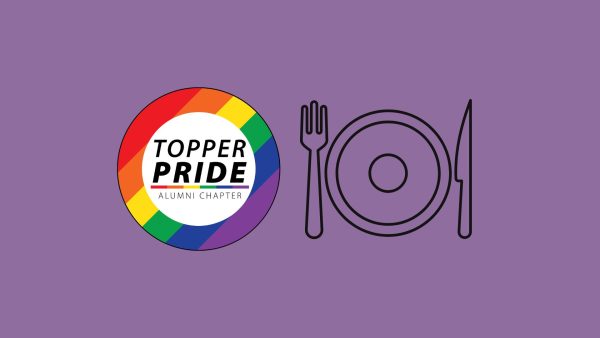Everyday is a holiday: Celebrating National Nutrition Month
March 15, 2020
March is deemed National Nutrition Month each year in hopes of encouraging healthier lifestyle choices. Making informed food choices and staying active are both key to maintaining a healthy lifestyle.
The theme for this year’s nutrition month is “Eat Right, Bite by Bite.” In celebration of the theme this month, here are three tips to keep in mind the next time you go grocery shopping.
1. Introduce more fiber into your diet.
Fiber does wonders for your body. A high-fiber diet lowers cholesterol levels, controls blood sugar levels, promotes weight loss and reduces your risk of deadly diseases. The best way to get your fiber is by eating more whole foods.
One way to achieve this is to eat more whole grains. A few easy ways to do this is to buy whole-wheat bread instead of white bread, whole-wheat pasta, or whole-grain cereals. Just look at the label on the box and try to find an item with five or more grams of fiber per serving.
Other foods that will work well in a student’s diet and are high in fiber include oatmeal, popcorn, beans, nuts, fruit and vegetables. These foods are not only tasty, but they improve how your body functions, which will help you feel better as a whole.
2. Eat more fruits and vegetables.
Just like your doctor says, eating your daily dose of fruits and veggies really is that important. Harvard’s School of Public Health explains that when you add more fruits and vegetables into your diet it can lower your blood pressure, reduce your risk for heart disease, prevent certain cancers, improve your digestion, and improve your blood sugar levels.
Why do these things matter? Well, aside from the fact that it helps you live a longer and healthier life, it also lowers your risk of developing type 2 diabetes and it helps you lose weight, as well as improving your vision.
There are lots of ways to add more fruits and veggies to your diet. If you don’t like raw vegetables, you can coat them in olive oil and seasoning and bake them in the oven to add flavor and make them easier to eat. If you need something to spice up your daily fruit intake, add a nut butter for extra flavor and also for extra fiber.
3. Limit the added sugars in your diet.
The Department for Health and Human Services recommends limiting your daily dose of added sugars to 10% of your total diet or less each day. Added sugars are sugars that do not occur naturally. This type of sugar is found mostly in sugary drinks, dairy desserts, candy or pretty much any store bought dessert.
Sugar is a carbohydrate, which when consumed in excess leads to high blood sugar levels which affects your health negatively. Elevated blood sugar levels have been shown to increase your risk for weight gain, heart disease, type 2 diabetes and more. Added sugars add calories to your diet without any nutrients.
One way to start cutting back on added sugars is to substitute added sugars with natural sugars like honey, coconut sugar or maple syrup. Instead of asking for sugar-packed syrups in your latte, opt for a honey latte. Coconut sugar has a very similar taste to white sugar but it occurs naturally and has nutritional value. Maple syrup is a great substitute for sugar in baking recipes and is packed with magnesium and calcium.
Features reporter Maggie Thornton can be reached at 270-745-6291 and [email protected]. Follow Maggie on social media @maggie_thornton.














![Students cheer for Senator at Large Jaden Marshall after being announced as the Intercultural Student Engagement Center Senator for the 24th Senate on Wednesday, April 17 in the Senate Chamber in DSU. Ive done everything in my power, Ive said it 100 times, to be for the students, Marshall said. So, not only to win, but to hear that reaction for me by the other students is just something that shows people actually care about me [and] really support me.](https://wkuherald.com/wp-content/uploads/2024/04/jadenmarshall-1200x844.jpg)




![Megan Inman of Tennessee cries after embracing Drag performer and transgender advocate Jasmine St. James at the 9th Annual WKU Housing and Residence Life Drag Show at Knicely Conference Center on April 4, 2024. “[The community] was so warm and welcoming when I came out, if it wasn’t for the queens I wouldn’t be here,” Inman said.](https://wkuherald.com/wp-content/uploads/2024/04/smith_von_drag_3-600x419.jpg)






